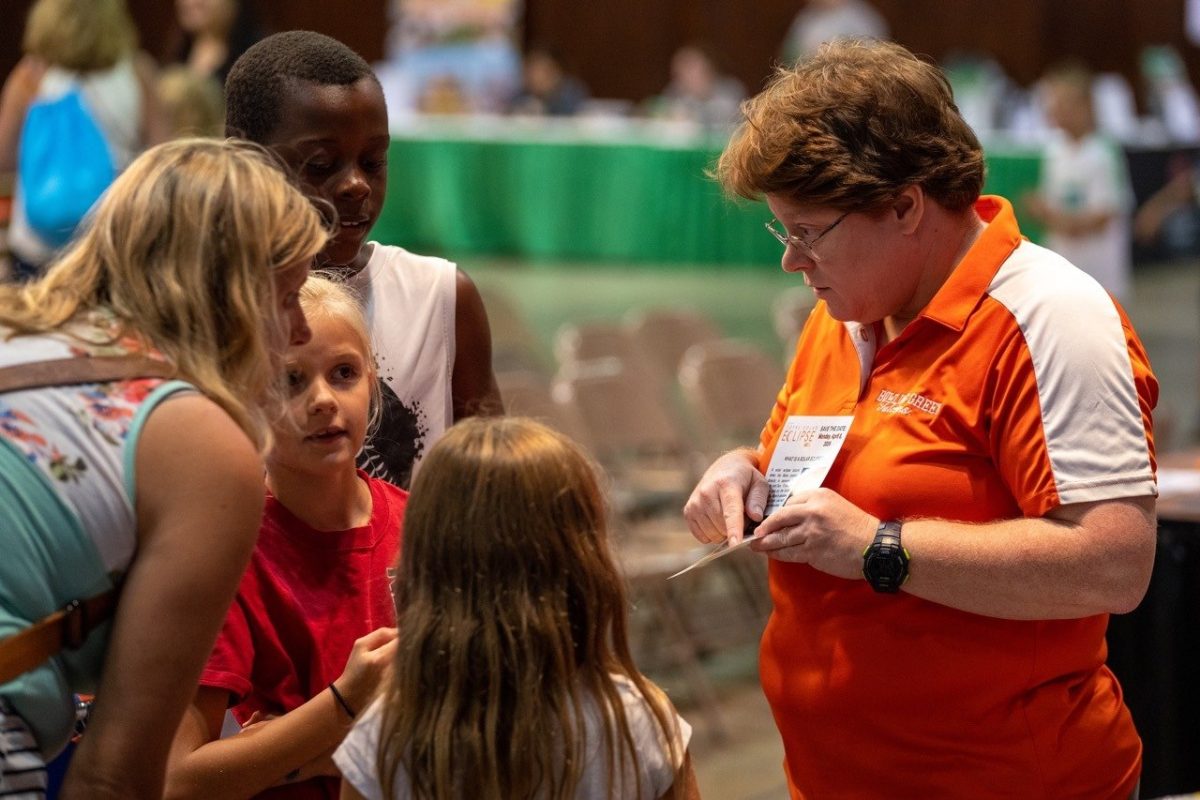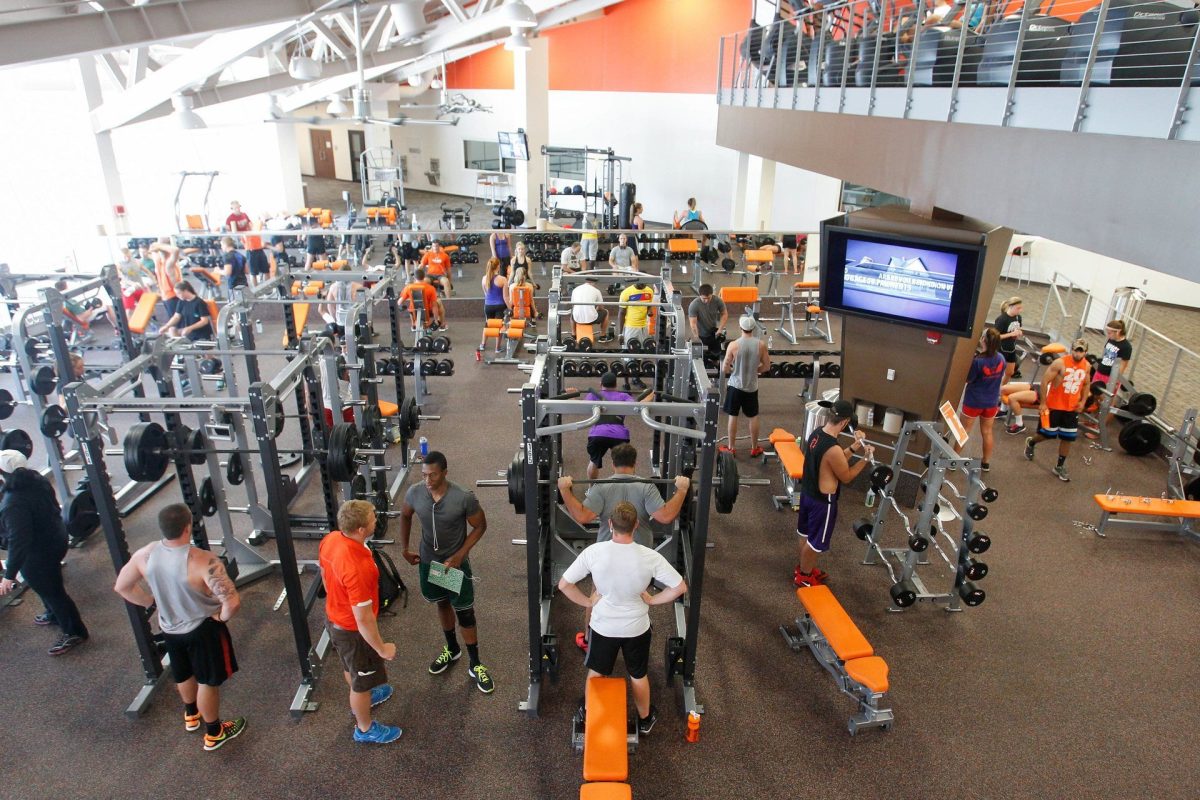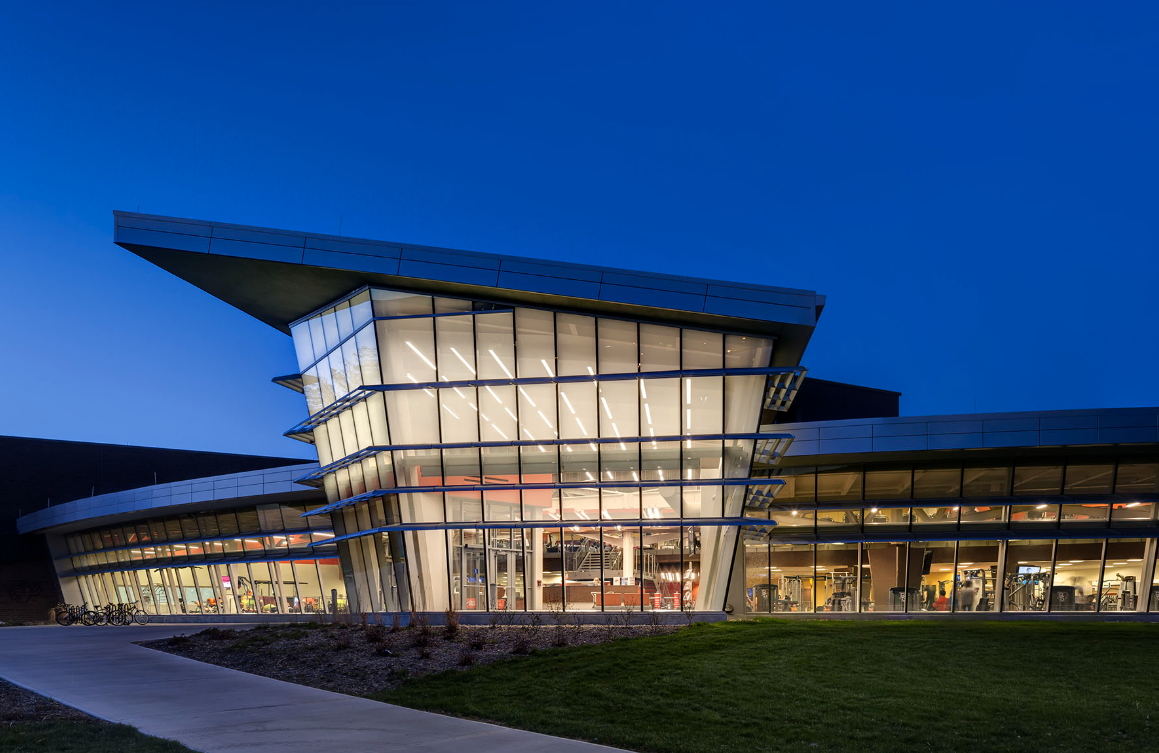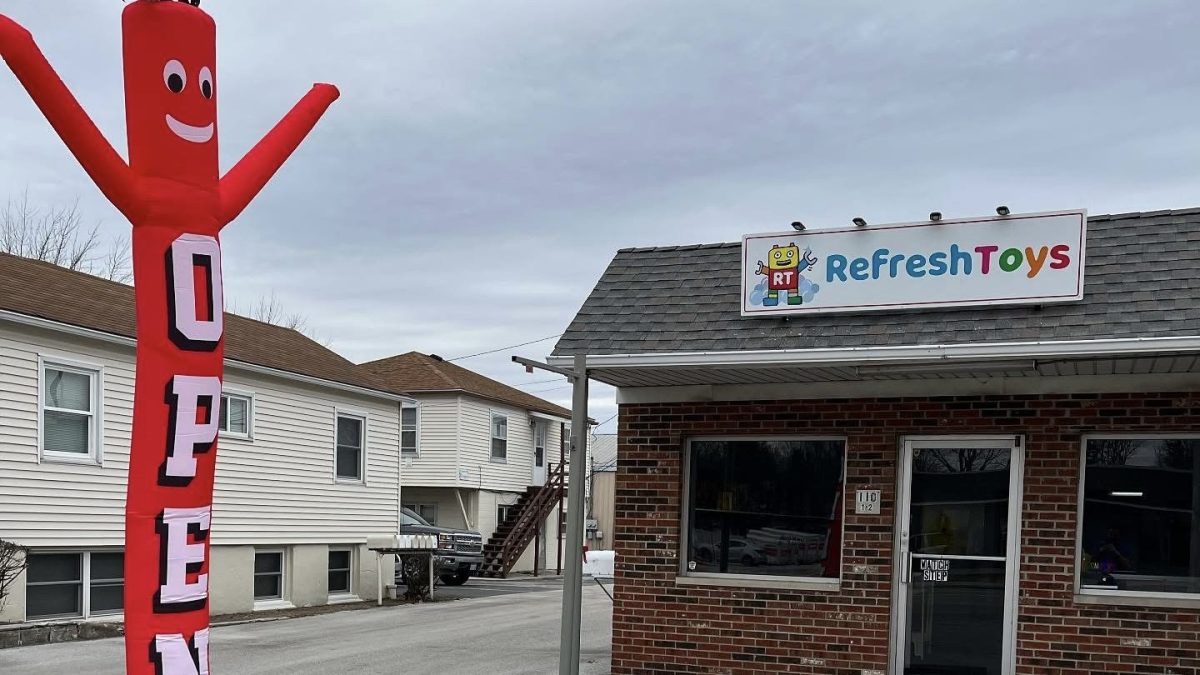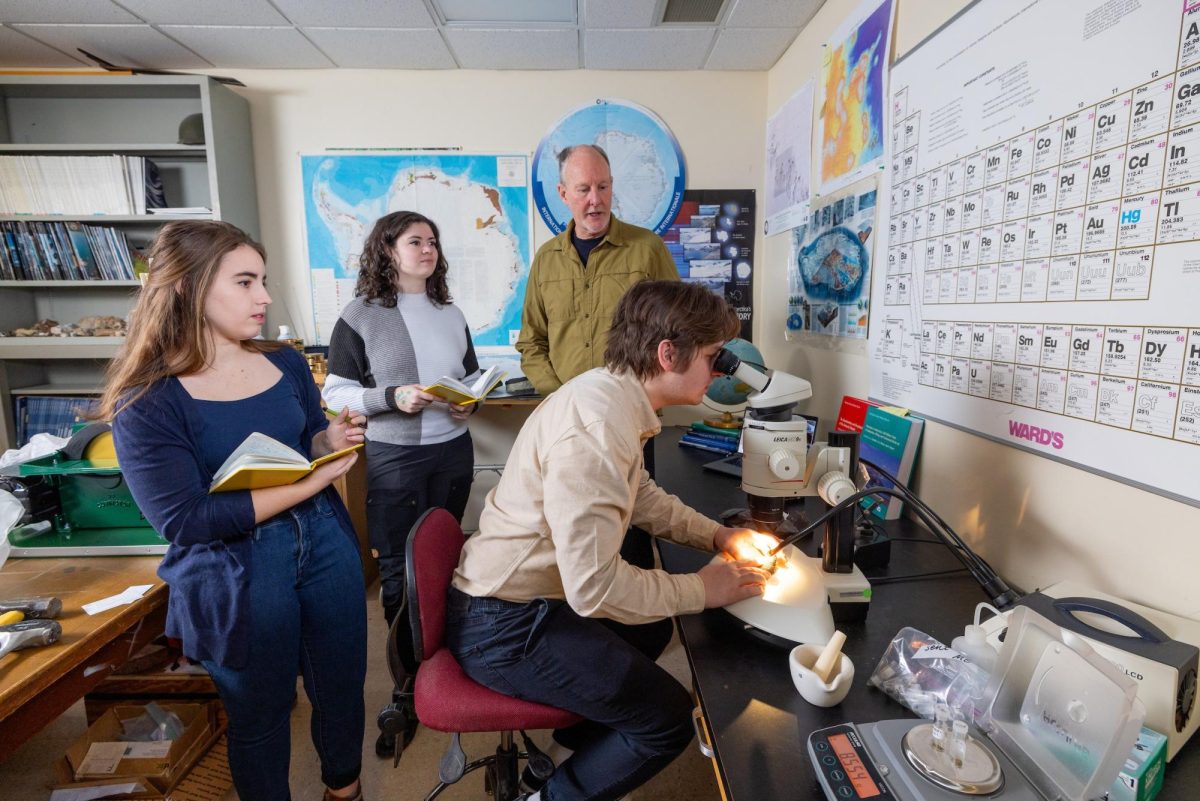Although current construction on campus is nearing its completion, more could soon be approaching.
Focus will shift to academic buildings, through what University officials are describing as a “regeneration of the academic core.”
The Board of Trustees unanimously approved Friday spending nearly $10 million to plan and design the next phase of the University’s master plan.
Steve Krakoff, associate vice president of Capital Planning and Design, outlined the project at Friday’s meeting.
“We continue to make aggressive strides with campus development,” he said. “We consider it, essentially, a good start … This will have direct impact on the academic mission of the University.”
The project could cost nearly $200 million, he said. There is currently no timeline in place for the project.
A priority is significant restoration of the “traditions buildings” – Hanna, Moseley, South and University halls – into “next-generation teaching and learning spaces,” as well as constructing a new building for the College of Business Administration, Krakoff said.
After those buildings are completed, several others are slated for eventual demolition.
These include West and Memorial halls and the Education, Administration and Family Consumer Sciences buildings.
“The amount of money we would spend renovating [these buildings] would reach 40 to 50 percent of their replacement cost,” Krakoff said. “Focusing on gutting and updating the traditions buildings would be a much more cost-effective use of space.”
Also included in the next master plan phase is $15 million in landscaping and site improvements – including restoring the original gateway to campus on Thurstin Avenue, to open up the view between campus and downtown.
“While buildings are important, I think the memorable campuses … tend to come from the space between the buildings, whether it’s sidewalks or plazas, tree lines or civic structures,” he said. “That really creates a more well-rounded, collegiate feel to any university.”
Sheri Stoll, chief financial officer, said the nearly $10 million required for planning and designs would come from existing state capital dollars.
The University anticipates receiving $13 million to $15 million in state capital funds during the next two to four years, Stoll said. The remaining money for the project would be borrowed or provided by private donors.
“At the end of the day, it doesn’t look to me like there’s going to be any way to do this magnitude of work without relying on some amount of debt financing,” she said. “But we do want to delay going into debt as long as we can.”
Pat Pauken, Board of Trustees secretary, said the board approved the motion with good spirits, as the money will be spent on renovations that are necessary for the University’s future success.
“Campus is active with new buildings and renovations, and it’s been very exciting over the last few years,” he said. “Eight of the nine trustees are alumni, and they know these buildings very well, so they’re excited to see some progress being made.”


